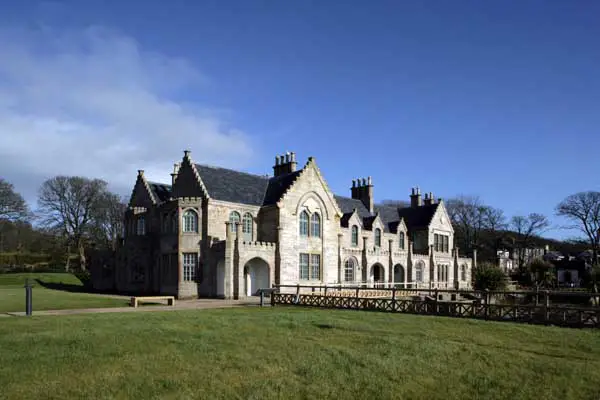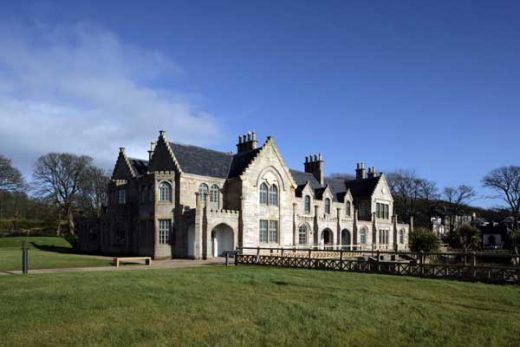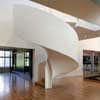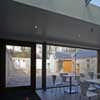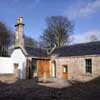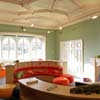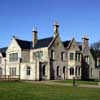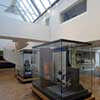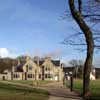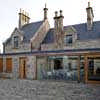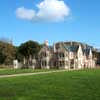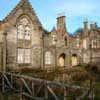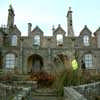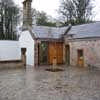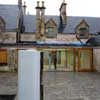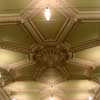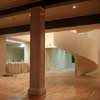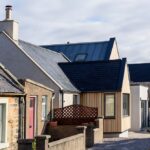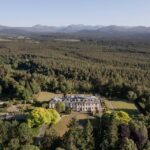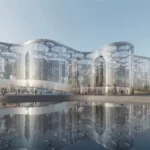Garrison House, Millport Building, Isle of Cumbrae Home, Residential Property Project Photos
Garrison House : Isle of Cumbrae Building
Ayrshire House, south west Scotland, design by lee boyd architects
19 Mar 2008
Garrison House Millport
Garrison House building refurbished by Lee Boyd (Edinburgh)
Location: Millport on the Isle of Cumbrae, Ayrshire
Design: Lee Boyd
Top photos by Keith Hunter Photography:
Garrison House which sits in its own grounds at the heart of the small town of Millport on the island of Cumbrae, is a listed Gothic Revival building originally dating from the middle of the 18th Century.
After a rich and varied history, in which the building amongst other roles was the home of the Bute family and a spa hotel, Garrison House was almost destroyed by fire in 2001. At this point in time the building had most recently been used as local council offices with facilities such as library and museum. By the end of 2001 the ruined building was for many only fit for demolition.
Representing a distraught community, the local development Company CCDC, under the leadership of Jim Hamilton were determined to save the building, which had become over the last 200 years part of the life blood of the local community and were resolute in finding a way forward to give the Garrison a sustainable future.
Through persistent lobbying CCDC secured the support of The Heritage Lottery Fund and The European Regional Development Fund and with further funding from Local Regional Funders and Historic Scotland they put together a successful business case for redeveloping the site and building. The design team took the project through the complex HLF process and were awarded one of their largest grants in 2004. The total combined project budget stood at an impressive £4.1m.
The vision and brief for the building was immediately clear to CCDC. It needed once again to support the local community and act as a focus for visitors to the island, providing facilities such as local museum, library, surgery and council services. At the outset it was intended that the reconstructed first floor would also provide flexible space for community use, such as meeting rooms and offices. During the contract this was changed to allow the surgery to enlarge and provide additional services such as podiatry and physiotherapy.
Due to the precarious state of the building much of the funding was allocated for the conservation aspects of the project. It was clear however that if the Garrison was to meet 21st Century expectations some of the planning and layout would need to alter to achieve this and to satisfy budgetary pressures the team would be forced to integrate contemporary building methods with those more traditional.
To enable this approach the team worked with archaeologists on the preparation of a comprehensive conservation plan which set down the aspects of heritage value that the developing design required to take cognisance of. A renowned stone expert was also brought into the team to determine an approach for the restoration of the building envelope.
This would recognize the natural weathering of the stone and avoid wholesale replacement of less than pristine masonry. Further conservation advice was sought from Historic Scotland, who are one of the principal funders, with a series of reviews to assess design and specification and to seek approval for the use of contemporary construction. An example of this is the use of trusses rather than rafters to simplify the roof structure.
The basic design concept was to completely reconstruct the exterior as it had been prior to the fire and as much of the complex roof layout so that from the grounds the form and profile would remain unchanged. In addition the formal rooms around the perimeter of the building would also be reconstructed, replicating any architectural interior detailing such as cornices, ceilings and paneling.
However the boldest move was to liberate the centre of the building from the strictures of a Victorian cellular plan and the team fought hard to open up the heart of the building and create fluid evolving space that linked the entrance to the courtyard at the rear. A new glazed atrium over two storeys, almost completely hidden from the outside controlled this new open planning and gave a central focus to the layout of all the different functions. The museum would occupy this space and the café would open out into the courtyard.
Despite the £4m construction budget, the complexity of the project necessitated two rounds of cost saving exercises which although unfortunate were carried out with sufficient care by the design team to prevent any significant change to the client’s aspirations or level of quality.
One area in particular where savings were made was to the landscaping of the grounds which is now seen by the client as a future phase. The project did however retain funds to restore the Arts and Crafts sunken garden design by Robert Weir Schultz that sits in front of the building.
Photos from Lee Boyd 13 Dec 2007:
5 years on from the fire in late 2005, the project commenced on site under a traditional contract with a contractor who had a proven track record in such sensitive restoration projects. Although the project was delayed and was not completed until the end of 2007 there was a significant amount of unforeseen work undertaken to consolidate the ruinous shell.
The most important factor with this project is the role the building had and will have again at the heart of the community. The support from the town and emotional attachment of its people to the project has been extraordinary. The building is once again enjoying a symbiotic relationship that has lasted for 2 centuries.
Historical photographs (left to right 1-4):

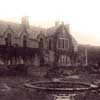
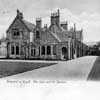
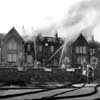
1. Cumbrae Millport Cathedral of the Isles and the Garrison
2. Millport The Garrison Hydropathic
3. Postcard of the Garrison dated 1904
4. Garrison House cooling off in 2001 after a wee fire
Interior images:
Garrison House Millport images / information from Lee Boyd
lee boyd architects, Edinburgh, Scotland
Location: Garrison House, Millport, Scotland
Architecture in Scotland
Wooden House by Rural Architecture in Skye
Highland Housing – images
Scottish home – by Moshe Safdie Architects
Comments / photos for The Garrison – Millport Building page welcome

